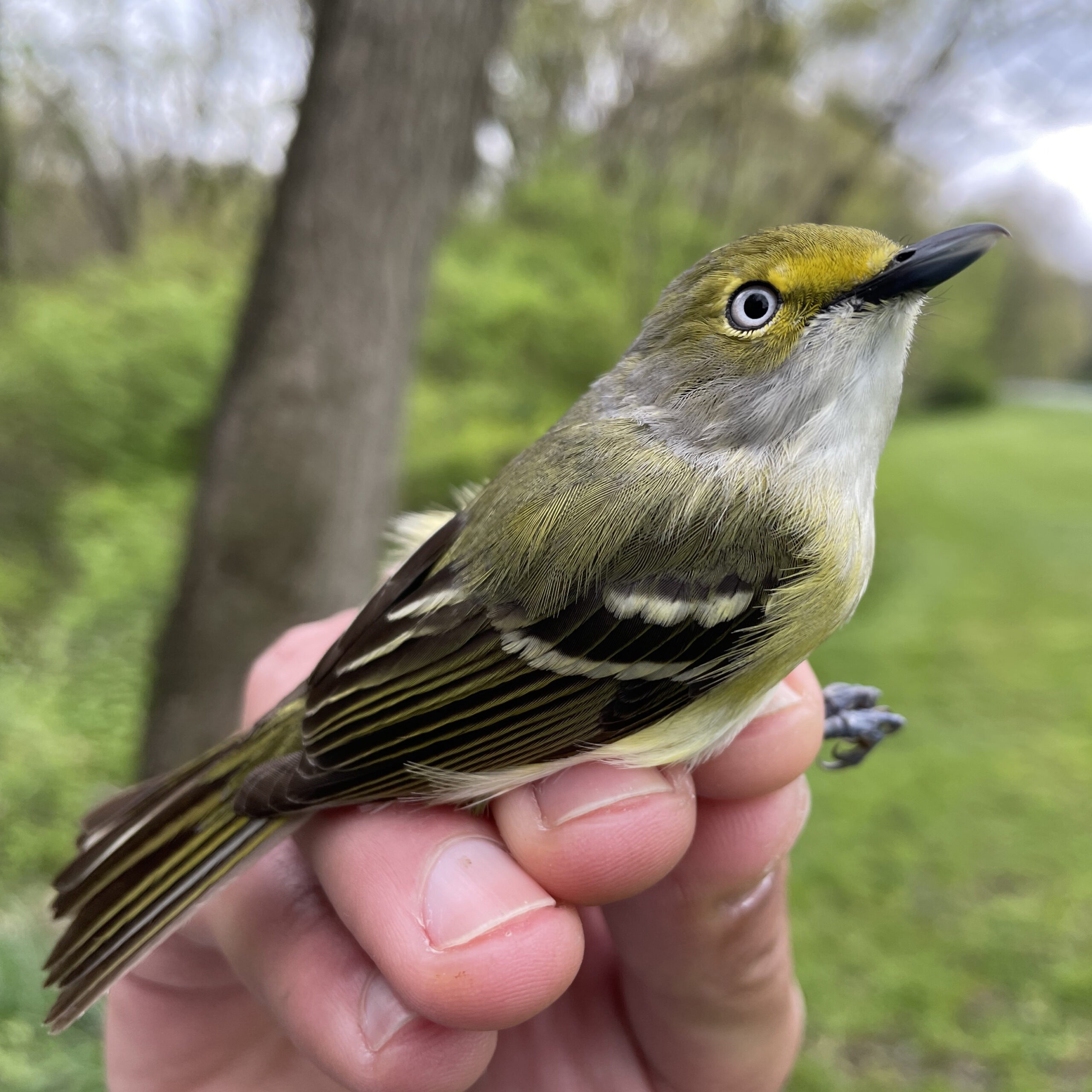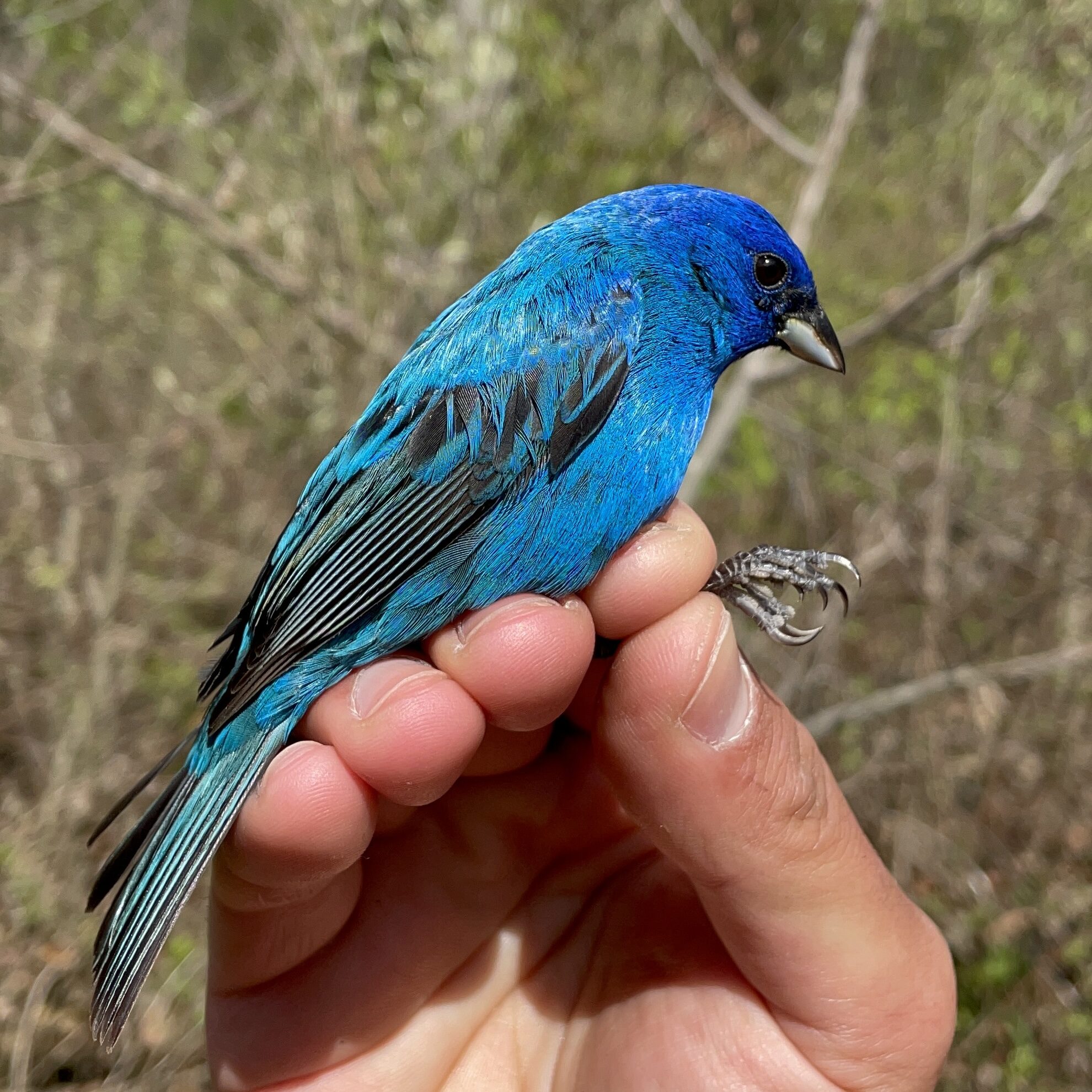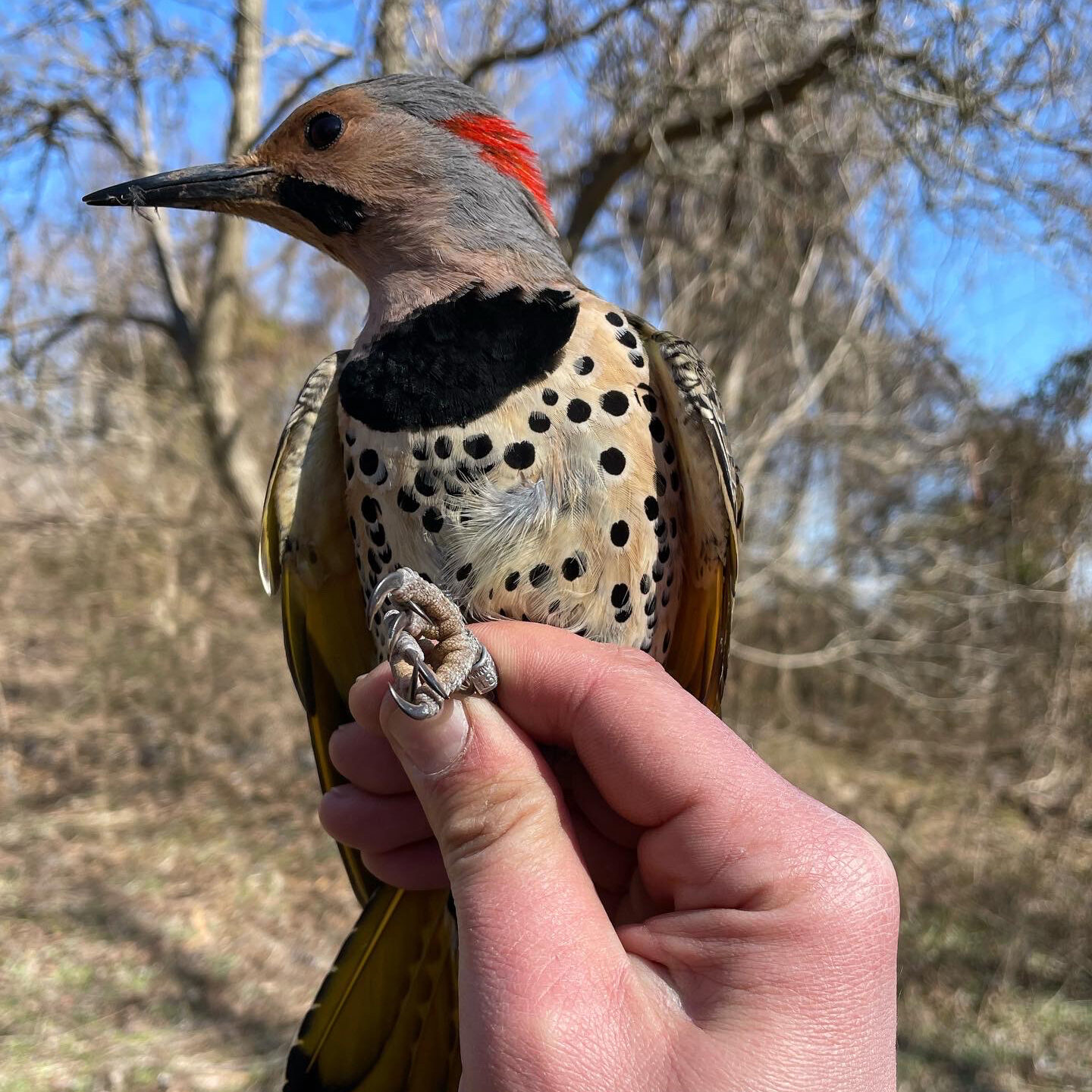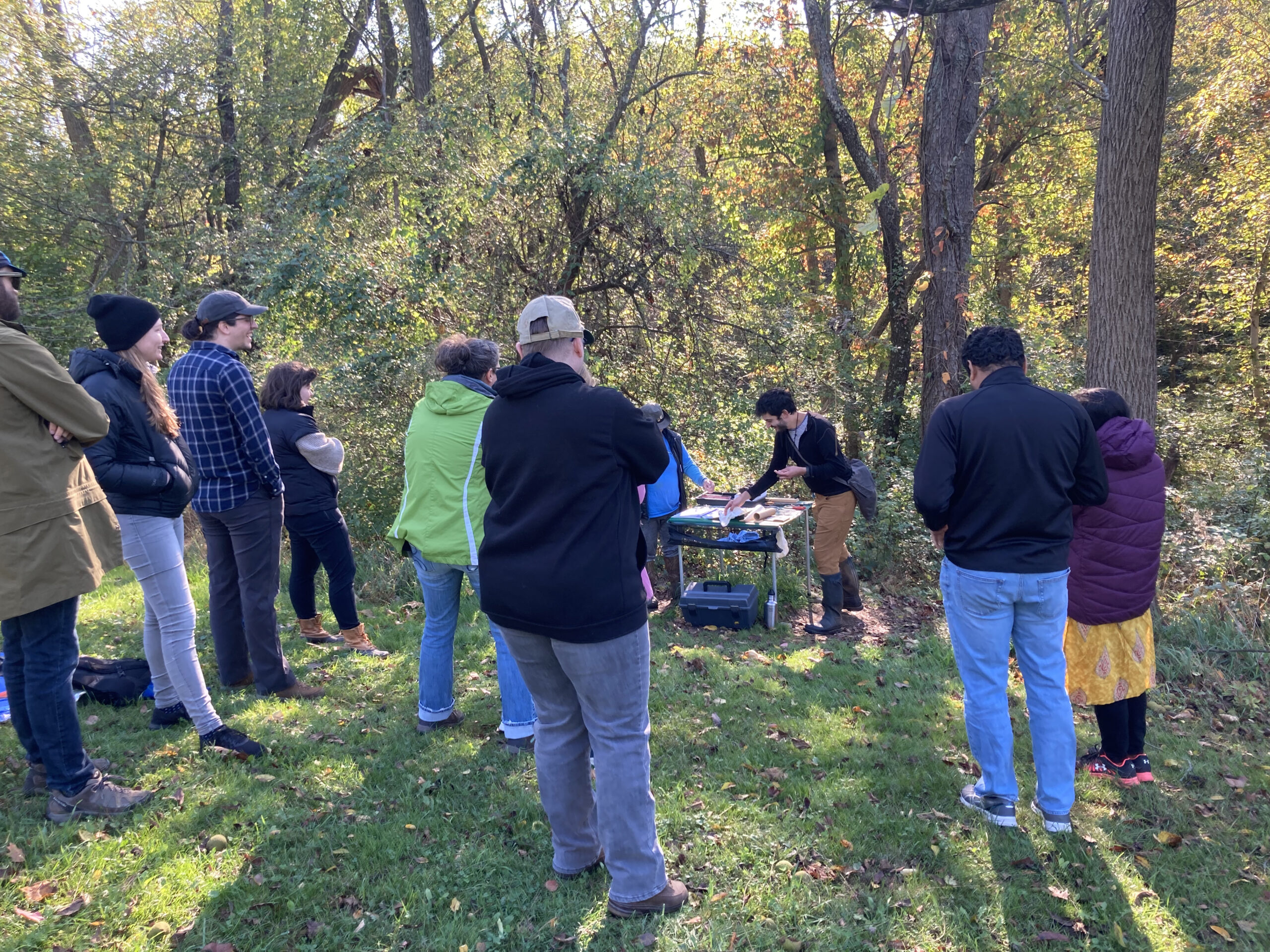
Bird Lab creates and implements bird-focused conservation practices through the integration of research, education, and community science–that together–create healthy ecosystems.

r e s e a r c h
studying birds and their ecosystems to collect data that can help to inform conservation practices

e d u c a t i o n
teaching folks of all ages about birds which opens up access to the natural world

c o m m u n i t y s c i e n c e
improving the public’s capacity to observe, understand, and measure the living world, inspiring them to conserve it
Birds enliven the world. We can watch a Hooded Warbler fly through a forest or hear a House Finch singing from the top of a city building. We can feel a Pileated Woodpecker’s vibration on a backyard tree as it echos through an ecosystem. As we experience birds, they connect us to the living world and all of its integrated systems.
The living world is facing unprecedented challenges though. By studying birds, we can help them to survive and to ensure their ecosystems remain healthy. In doing so, we create scenarios that allow humans to live along side the natural world without conflict, better connecting us.

You can experience birds just about anywhere because they are everywhere! Visit Bird Lab’s bird banding project to see them in a different way. Up-close with a biologist.
Bird Banding Study Sites:
Hays Woods - urban site
Upper St. Clair Woodland - suburban site (private property)
Twin Stupas - rural site (private property)
To schedule a visit, please contact Bird Lab by email.
If you find a banded bird, report it!
Board Members
Karen Blumen
Eddy Man Kim
Claire Nemes
Jon Rice
Brooke Wyatt
Contact
tweet@birdlab.org